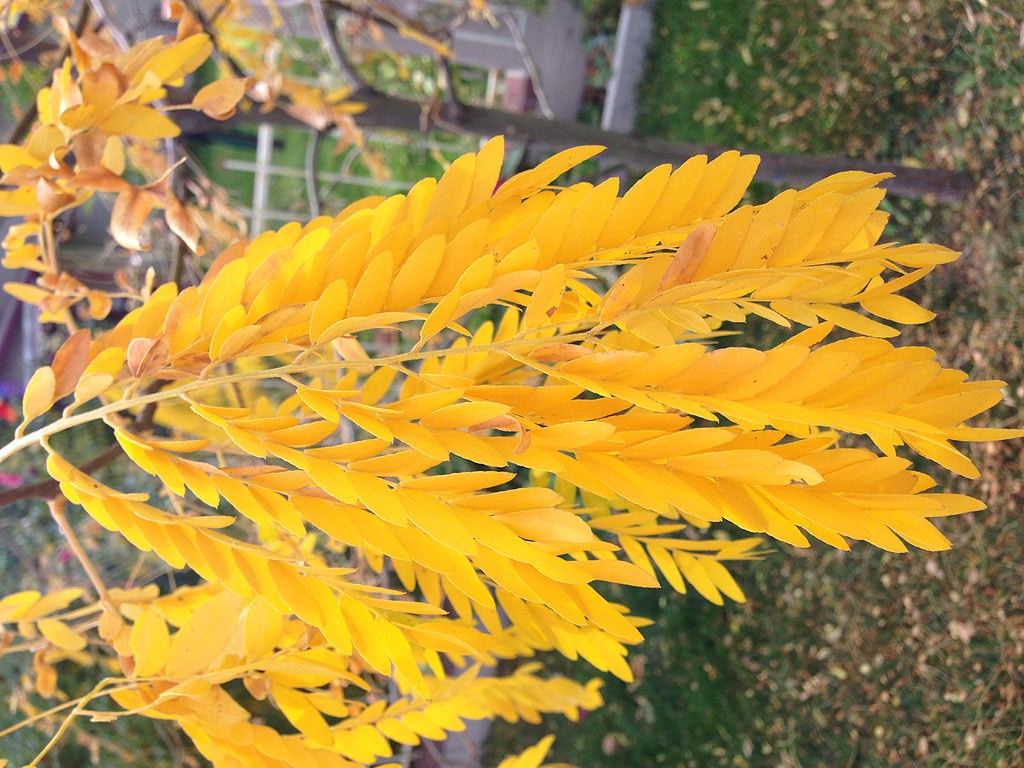Blog

#bioPGH Blog: The Leaves and the Trees and All the Fall Things
 A resource of Biophilia: Pittsburgh, #bioPGH is a weekly blog and social media series that aims to encourage both children and adults to reconnect with nature and enjoy what each of our distinctive seasons has to offer.
A resource of Biophilia: Pittsburgh, #bioPGH is a weekly blog and social media series that aims to encourage both children and adults to reconnect with nature and enjoy what each of our distinctive seasons has to offer.
May your days be pumpkin spicy and crisp, and may your nights be spooky as a will’o-the-wisp – autumn is here! This past weekend, we visited North Park and discovered some of the trees already orange and yellow. In Western Pennsylvania, we’re still around two to three weeks away from peak fall colors, but that should give us plenty of time to plan the perfect outdoor day to see them!
If you’re like me, you’re excited to watch leaves turn color from green to vivid reds, yellows, oranges, and even purples—but do you remember how that color change process happens? Temperature and the change in photoperiod (day length) signal for leaves to stop photosynthesis for the season, which means plants don’t need chlorophyll anymore. As the green chlorophyll in the leaves break down, the colors that emerge are from other pigments that are present in leaves, just generally in lower quantities than chlorophyll. Pigments like anthocyanins display red and purple, and carotenoids boast the yellows, reds, and oranges.
When a given area’s leaves are at their brightest colors, we see they are “at peak.” The Pennsylvania Department of Conservation of Natural Resources (DCNR) keeps a weekly fall foliage report to help us track peak foliage across the state. Northeastern Pennsylvania began changing earliest in the state with its combination of elevation and longitude—but I guess that just means we’re saving the best for last in the southwest! Though fall’s changing colors generate economic benefits through tourism, scientists have another important reason to monitor the timing and duration of autumn colors: climate change. Phenology (the timing of different events in nature) is an important part of climate science, and researchers have observed changes to a variety of other seasonal botanical processes—leaf color change is just as important to note! And don’t underestimate yourself, you can keep track of this as well! Henry David Thoreau’s journals on flowering and leafing times at Walden Pond have become invaluable to modern researchers.
While you watch our leaves change, and patiently wait for peak, do you ever find yourself wondering what kind of tree you might be? Would you be a tall and majestic, quirky and distinctive? (Or perhaps a tropical tree somewhere that stays warm year-round – totally fair!) A few of our Pennsylvania trees are below; do any of them sound like you?
Oaks – Are you dependable, stately and grand? Do you find that you are a keystone in your community? Do you find that squirrels are just drawn to your presence? The mighty oaks have captured imaginations for thousands of years, from sacred oak groves of the Druids to royal emblems to our own National Tree. If you bring an ethereal calm and a steady timelessness, you might be an oak!
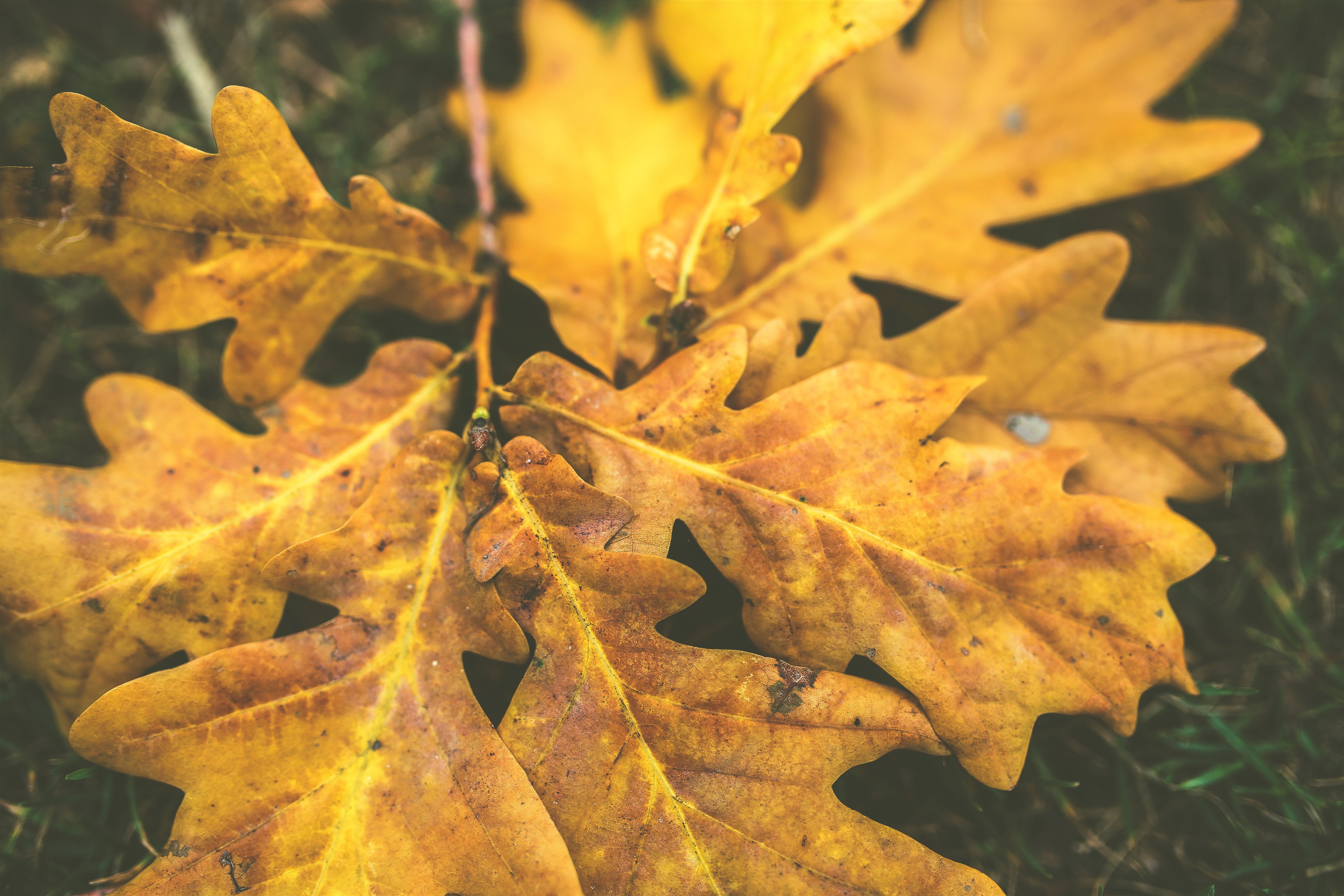
Photo: Public domain, Pexels
Red Maple – Are you a dramatic showstopper? So brilliant and vibrant that your autumnal spirit makes into your year-round name? Do you find that sometimes you are just everywhere at once, like one of the most widespread tree species in Eastern North America? You might be a red maple!
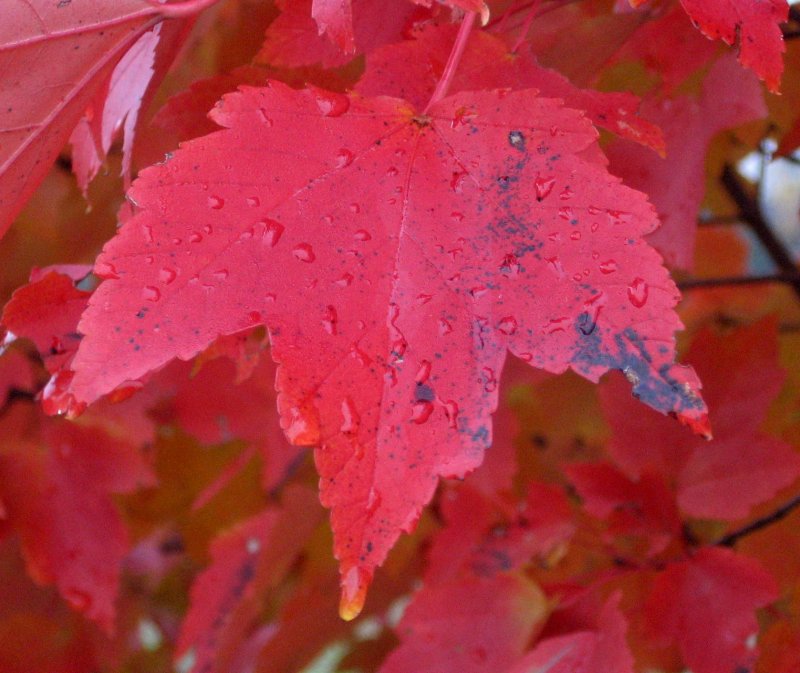
Photo credit: Wikimedia user Dendroica cerulea, CC-BY-2.0
Sugar Maple – Do you appreciate a slow and steady task that pays off sweetly, like the slow production of maple syrup? Do you also shine in the fall like a glorious beacon of reds and yellows?
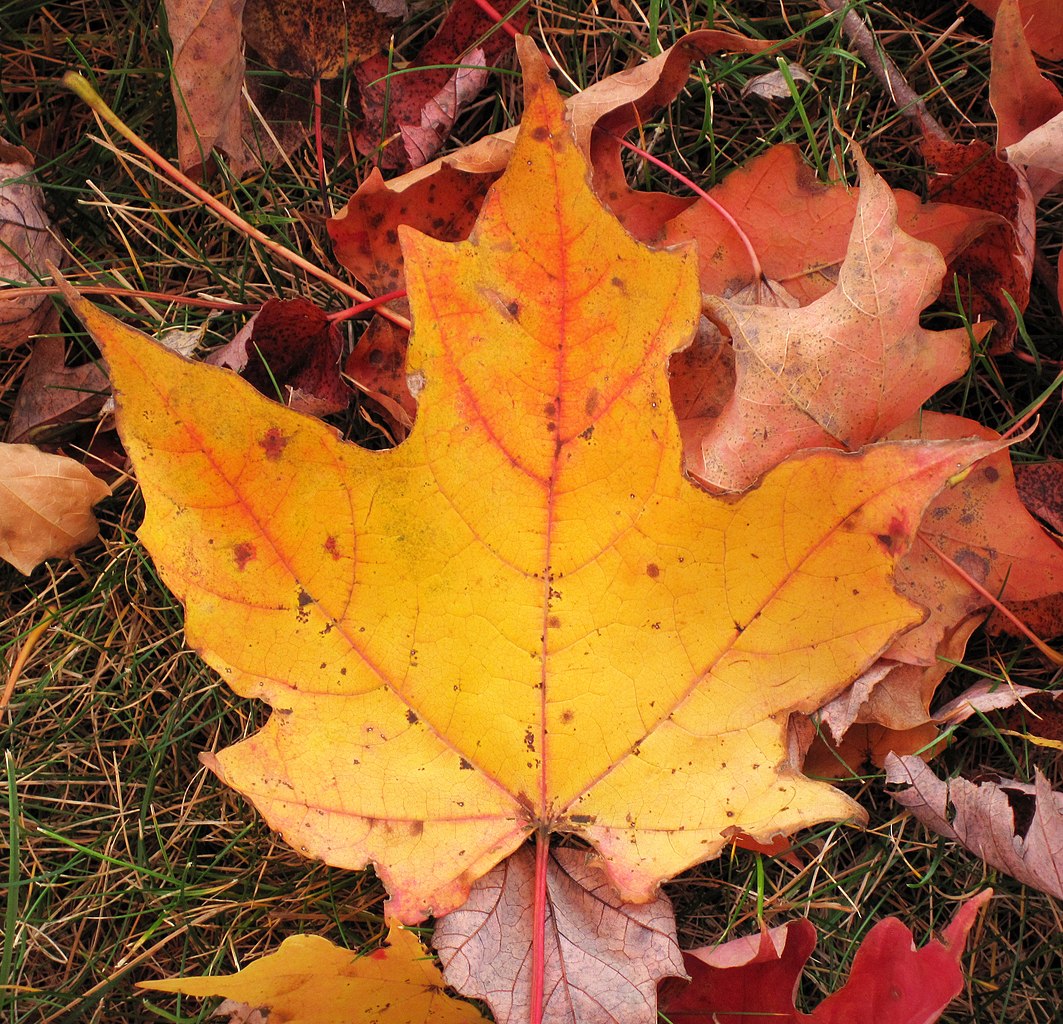
Photo: Wikimedia user James St. John CC-BY-2.0
Sweetgum – Are you tall and perhaps a bit quirky, like a tree that can reach 150 feet in height and produce spiky, hard little fruits? Do you appreciate a good Little Foot tree star reference whenever someone talks about leaves? In that case, the sweetgum might be your tree!
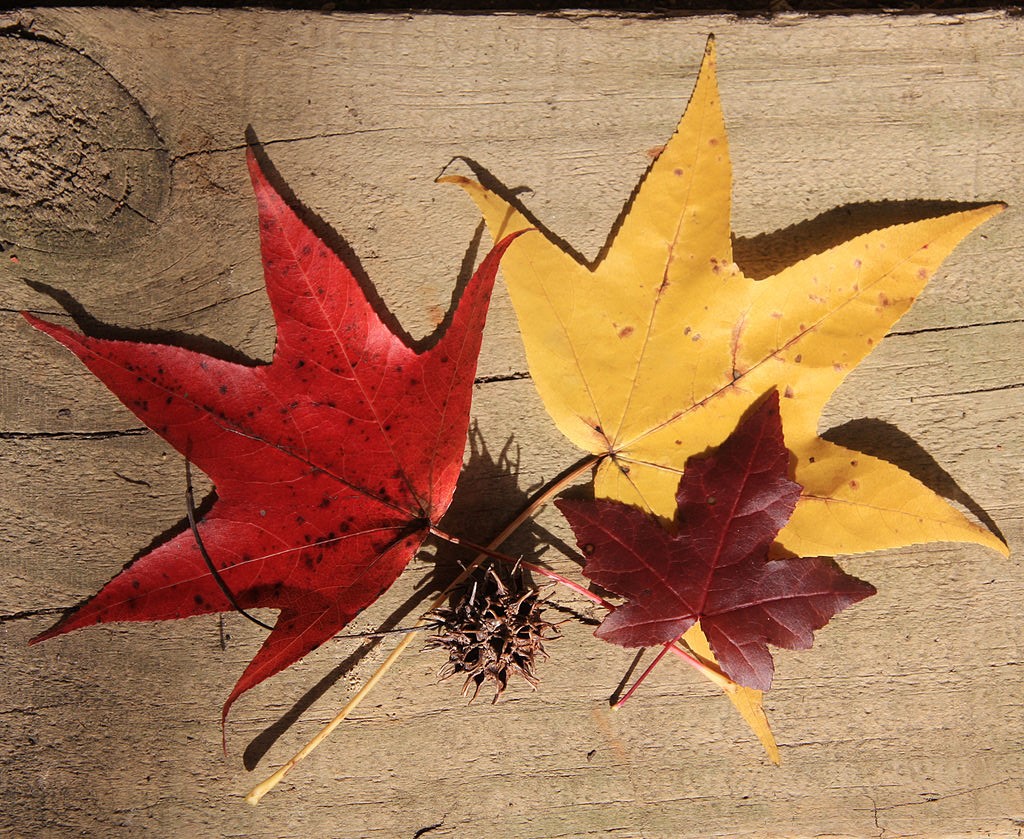
Photo: Wikimedia user Dcjsr, CC-BY-3.0
Honey Locust – Do you get so excited for fall that you just can’t help yourself, like a tree whose leaves starting turning color before the other trees? Do you have a prickly, spiny side, like a tree with thorny branches? You might be in good company with honey locust!
Photo: Wikimedia user Famartin, CC-BY-SA-3.0
Connecting to the Outdoors Tip: Make your own memory book or tree ID guide from fallen leaves! If you have permission to keep some of the fallen leaves in one of the parks you visit, try to collect a variety of colors and representatives from different species. You can take them home and press them either with a flower press or with heavy books (place your leaves between sheets of paper and close inside a book; weigh the book down with other books, and leave for 7-10 days.) Once the leaves are pressed, you can either laminate them or protect them on a page with a contact paper. You can use the DCNR Trees of PA guide to help you identify what you found.
Photo Credits: Cover, Maria Wheeler-Dubas; header, public domain from Pexels
